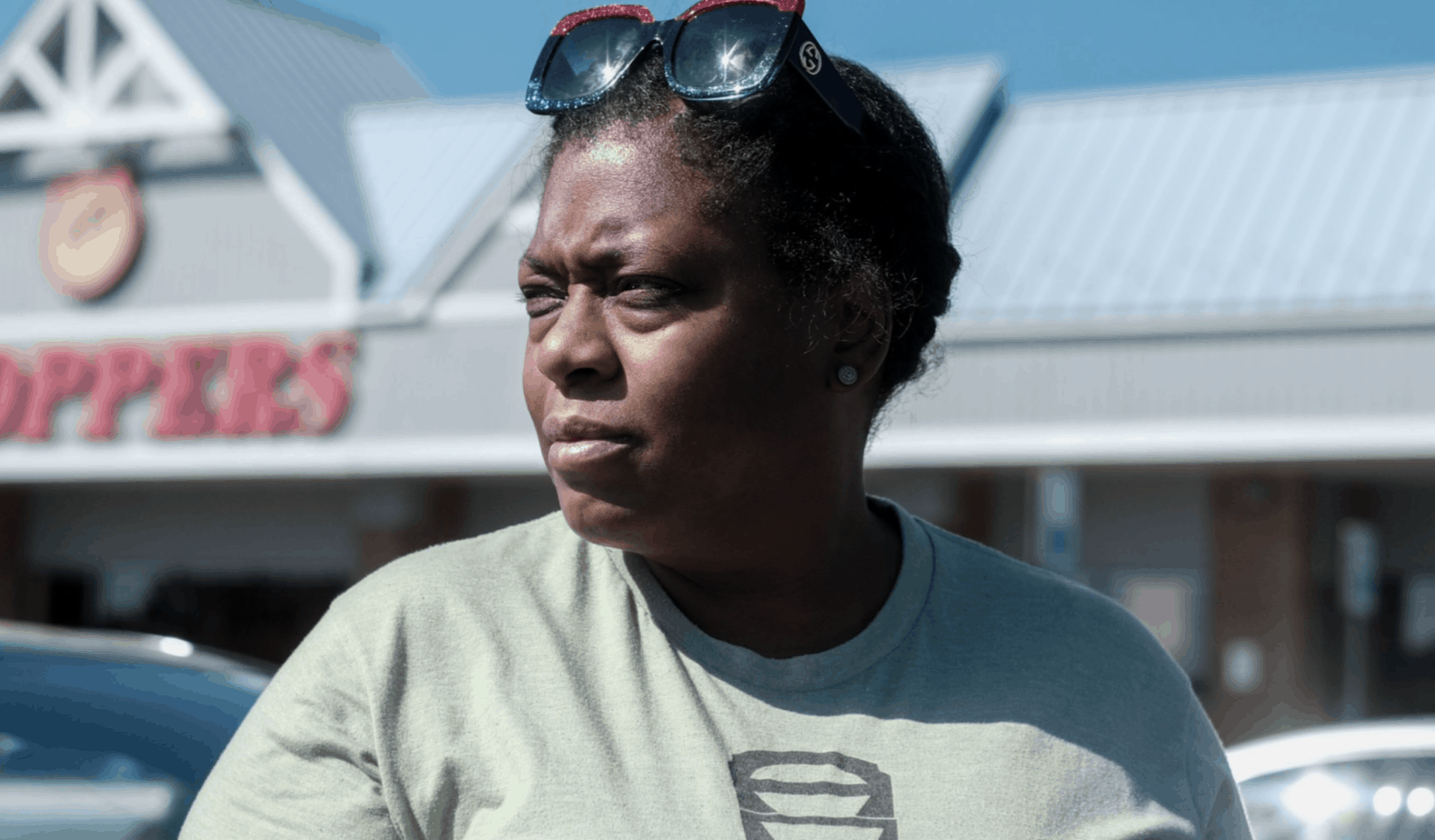The fifth and final essay in the COVID-19: The Bigger Picture series in partnership with Thomson Reuters Foundation, the essay and photos documents the impact of working people in the midst of the pandemic.
Tyrita Franklin-Corbett knew she was risking her health delivering groceries during the coronavirus pandemic, but she didn’t expect to be laid up by a dog attack.
Furloughed from her job as an auditor at a public accounting firm in May, the single mother of a 12-year-old son from Upper Marlboro, Maryland, started to take on more shifts with online grocery pick-up and delivery service Instacart.
Franklin-Corbett, 45, had been an Instacart “shopper” for several years to supplement her salary, but she never imagined the app-based work, with its wild swings in earnings and no health insurance or sick pay, being her sole source of income.
“It’s a gig, not a career,” Franklin-Corbett told the Thomson Reuters Foundation. “When I was in the office, I knew what my paycheck was going to be every day. With this, you do not know. There’s a lot of unknowns, a lot of uncertainty.”
But with the pandemic sending unemployment to highs not seen since the 1930s Great Depression, more people are joining the growing U.S. army of gig workers, competing for jobs they say pay less and less while trying to avoid contracting COVID-19.
In September the number of unemployed people in the United States was 12.6 million compared to 5.7 million a year earlier, with an overall jobless rate of 7.9% but higher numbers among teenagers, Blacks and Hispanics, according to government data.
Read the essay, here.

